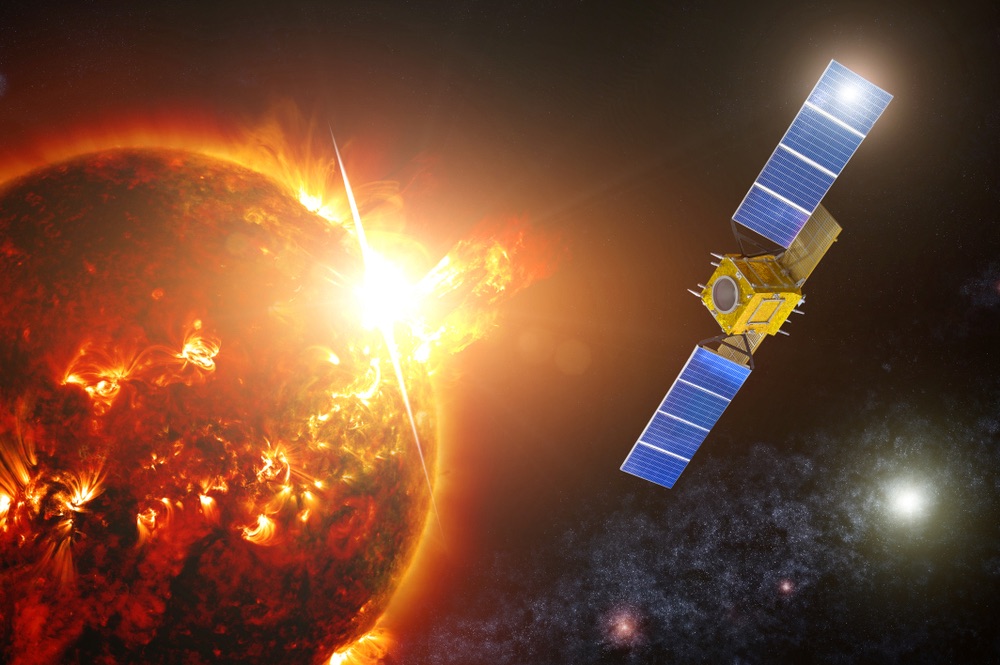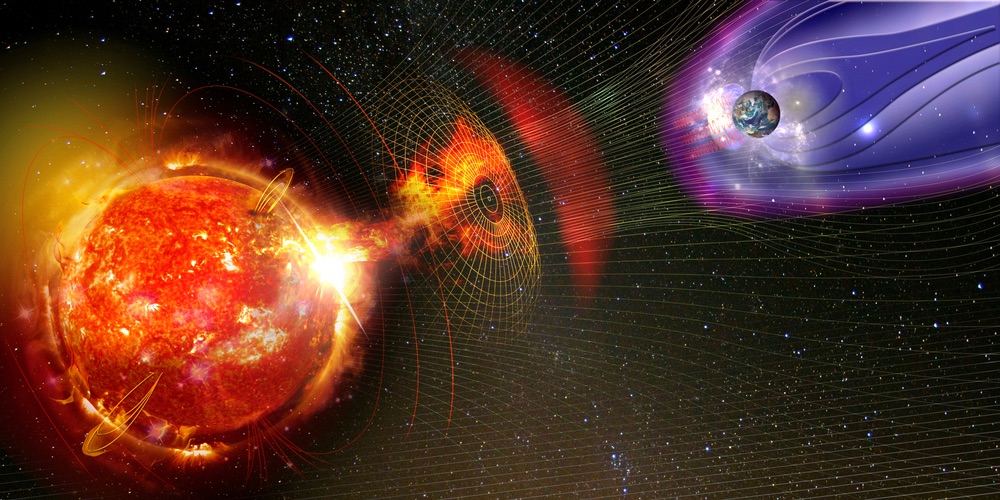
Tonight’s solar storm, intensified by unusual solar activity, could potentially disrupt essential technologies such as communications and GPS systems. The U.S. government has issued its first severe geomagnetic storm watch in nearly two decades, highlighting the risk from multiple earth-directed coronal mass ejections and extensive sunspots. According to the National Oceanic and Atmospheric Administration (NOAA), this G5-level storm will impact Earth’s magnetic field starting Friday and could last throughout the weekend.
The storm’s radiation could interfere with satellite functions and high-frequency radio communications by causing fluctuations in the ionosphere. This disruption may affect the orientation and operation of satellites and degrade radio communications that depend on ionospheric transmission, crucial for GPS services and various communication needs across aviation, maritime, and emergency management sectors.

While consumer cellular services might see minimal direct disruption, the broader risks to the power grid remain significant. NOAA warns of possible widespread voltage issues and inadvertent tripping of power grid protections. Historical precedents, such as the 1989 Quebec blackout and more recent outages in Sweden and South Africa, underline the potential for substantial power failures during intense geomagnetic disturbances.

NOAA and other agencies have advised preparedness measures similar to those for extended power outages, including maintaining backup power sources and disconnecting sensitive electronics to guard against power surges. As the storm approaches, the focus is on minimizing disruption and ensuring the resilience of critical infrastructure. The massive solar storms are also expected to bring stunning views of the Aura Borealis to North America.


